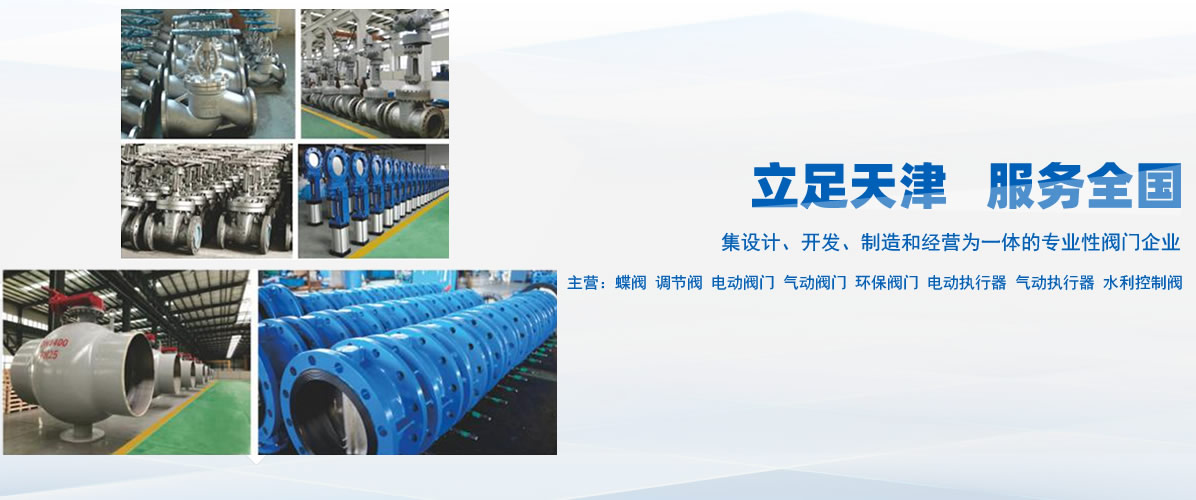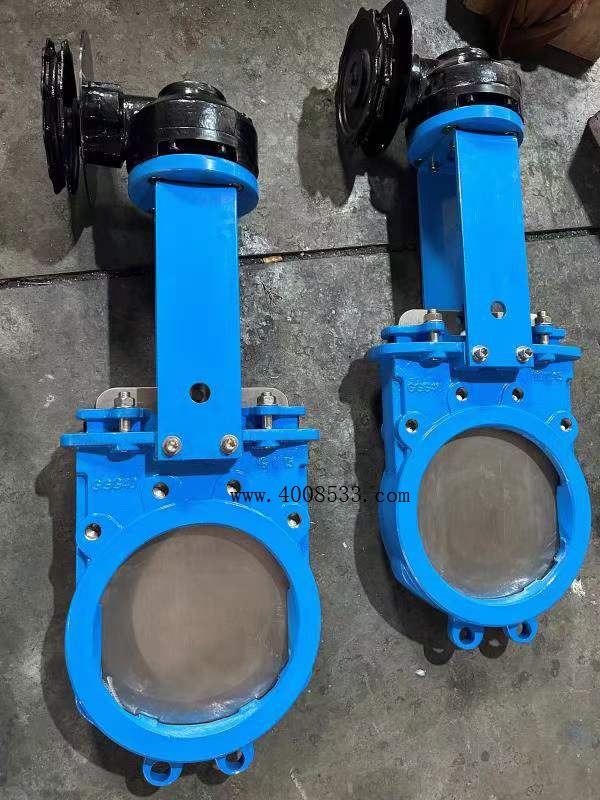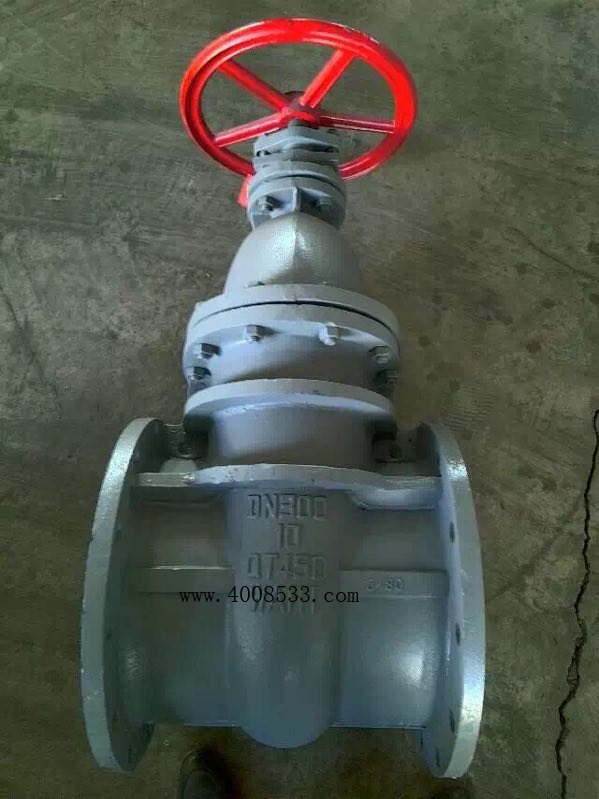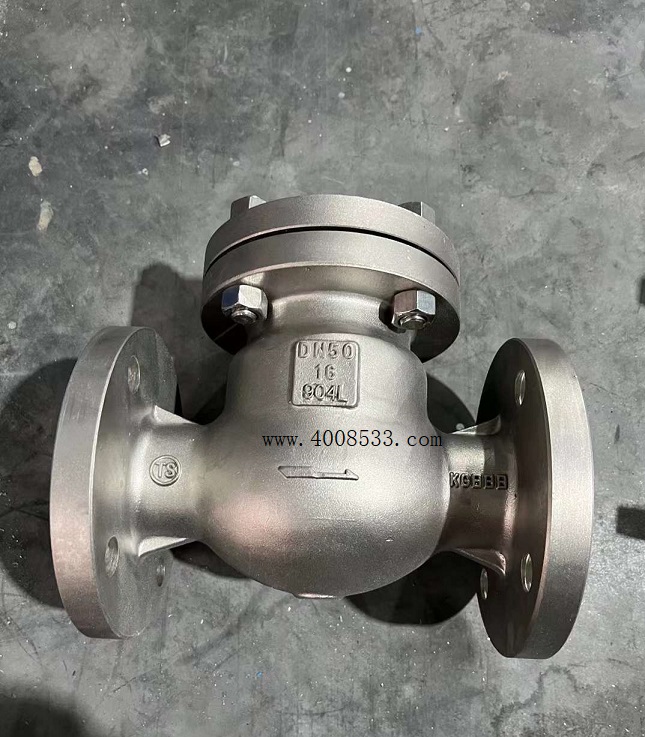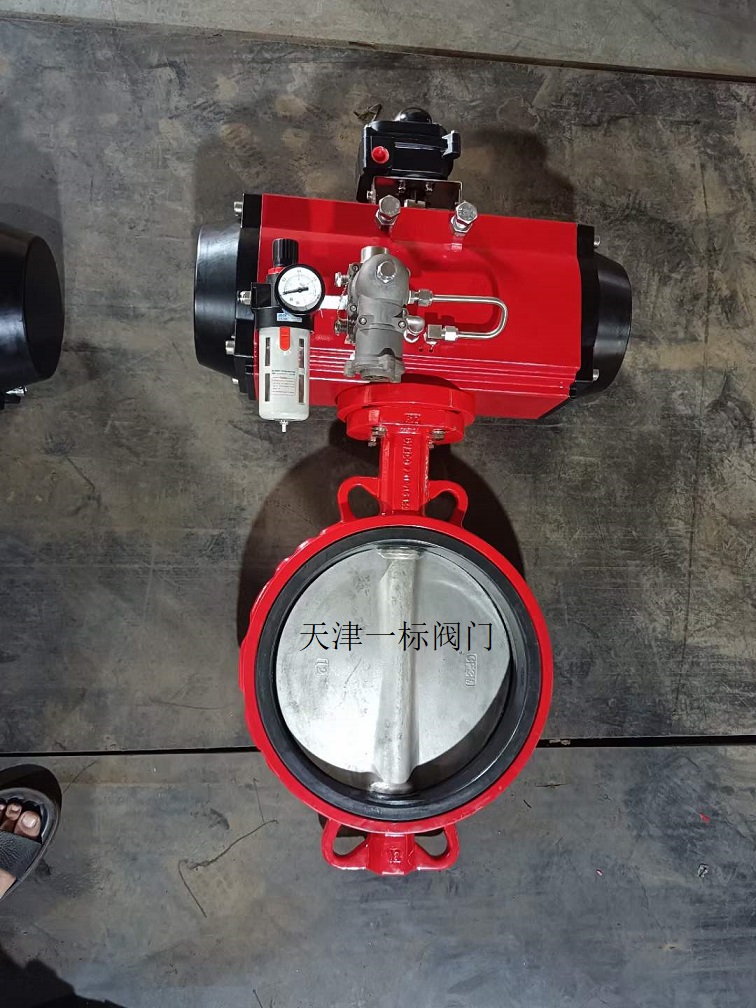Rotary discharge valve
旋转卸料阀is a key equipment used in pneumatic conveying systems, which achieves continuous and quantitative discharge of powder and granular materials through the rotation of rotor blades, and also has the function of air lock.
The following is its core information:
1、 Structure and Working Principle
Basic Composition
Composed of an upper hopper, a rotor with blades, a casing, and a driving device (motor/reducer).
The rotor material can be cast iron, stainless steel or nylon, and the flange interface is designed in two types: square mouth and round mouth.
Workflow
The material falls into the gap between the rotor blades by gravity and is transported to the discharge port as it rotates, while maintaining system pressure balance through a sealed structure.
2、 Technical parameters and selection points
Parameter type description
The discharge volume should be selected based on the material's bulk density and flowability (such as 2 liters/36 liters models).
High speed is suitable for non abrasive materials, while low speed prolongs wear resistance (such as cement and mineral powder).
Temperature/pressure ordinary type can withstand temperatures of 80-200 ℃, while pressure resistant type is suitable for high-pressure differential systems (such as the inlet of pneumatic conveying pumps).
The sealed food/chemical industry requires the use of stainless steel materials or airtight rotors.
3、 Technical parameters and classification
Parameter specification range remarks
Nominal diameter DN50~DN1000 (some support DN1500) square/circular flange ports are optional
Drive mode: manual/electric/pneumatic/variable frequency explosion-proof motor optional
Suitable for temperatures ranging from -40 ℃ to 500 ℃. High temperature resistant type requires special design
Sealing grade GB/T 13927 Grade VI Double level sealing can prevent backflow
Category:
Ordinary type: Made of cast iron/carbon steel, suitable for materials at room temperature (such as cement and grains).
High temperature resistant type: capable of withstanding temperatures up to 500 ℃, with bearing isolation structure.
Explosion proof type: ExdIIBT4 explosion-proof certification, used in dust explosion environments.
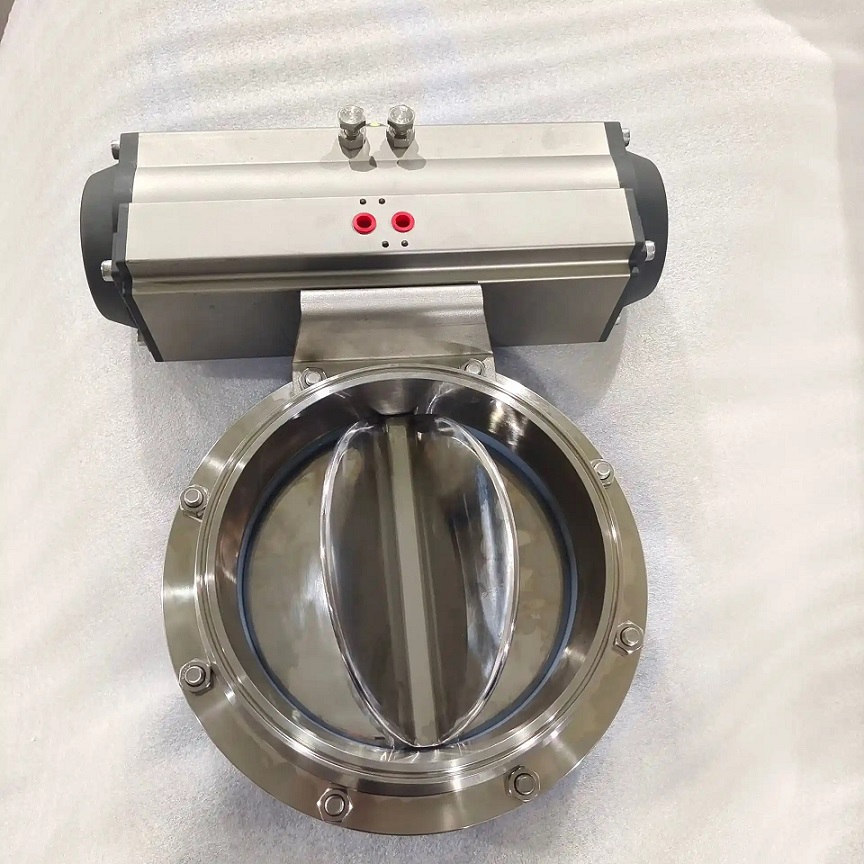
选型建议





